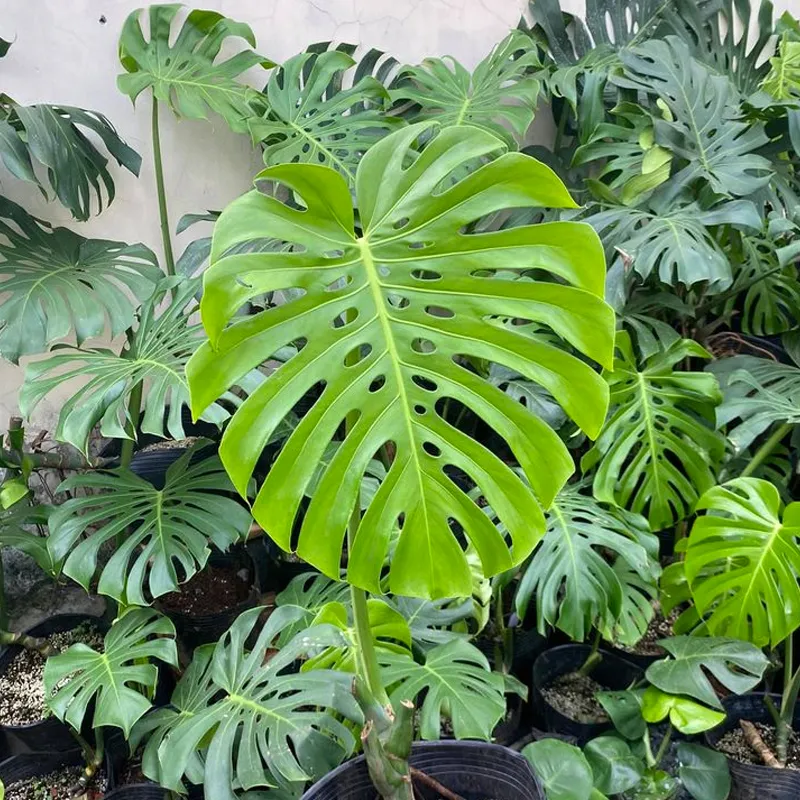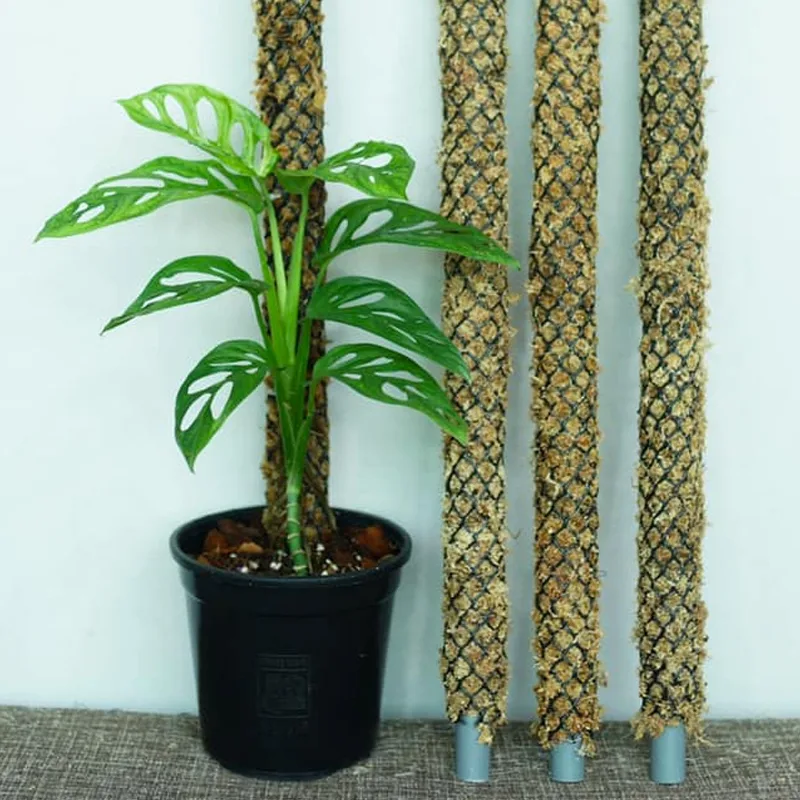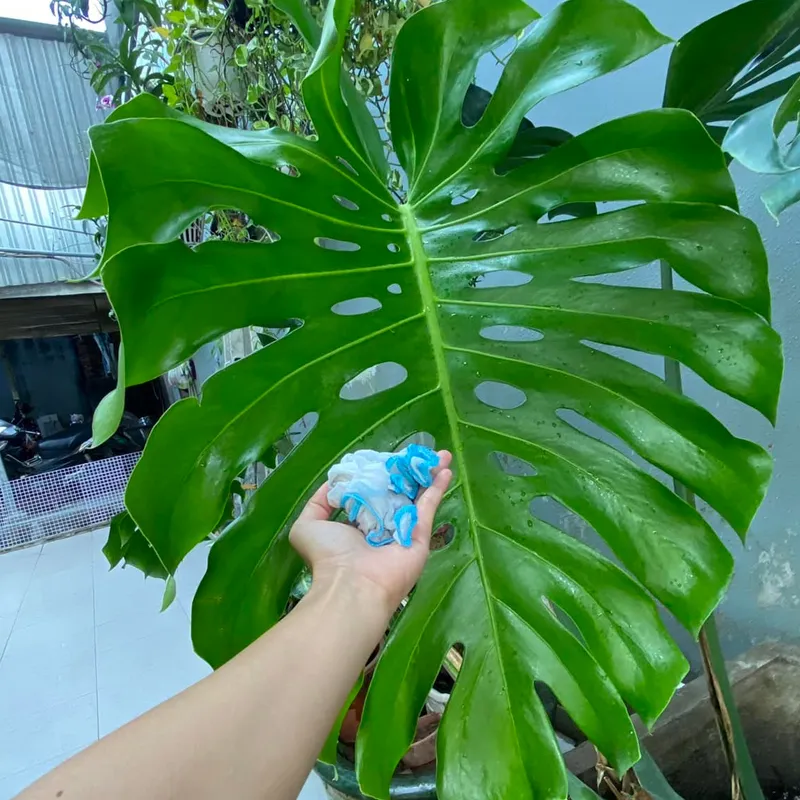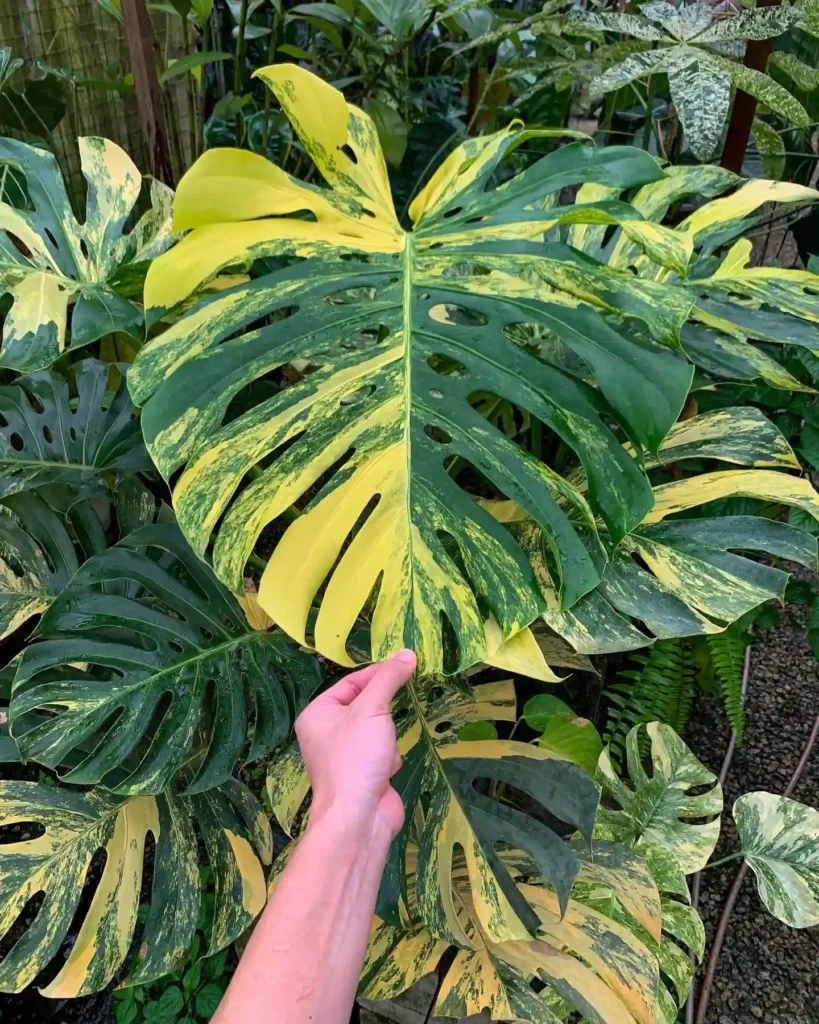If you’re an avid indoor gardener, chances are you’ve come across the beautiful and popular Monstera plant. Known for its large, glossy leaves with unique perforations, the Monstera is a stunning addition to any plant collection. However, like any other plant, Monstera plants are susceptible to various issues, one of which is root rot. Root rot can be a serious problem for your Monstera, as it can hinder its growth and even lead to its demise if left untreated. To help you identify and address this issue, here are some signs to look out for if you suspect your Monstera plants have root rot.
67 Species in Genus Monstera
1. Wilting Leaves:
One of the earliest signs of root rot in Monstera plants is wilting leaves. If your Monstera’s leaves start to droop and lose their usual turgidity, it could be an indication that the roots are not functioning properly due to rot.
2. Yellowing Leaves:
Another common symptom of root rot is yellowing leaves. As the roots become damaged and unable to absorb water and nutrients effectively, the leaves may turn yellow and even start to develop brown or black spots.
3. Foul Odor:
If you notice a foul odor emanating from the soil or the base of your Monstera plant, it is likely due to root rot. The decaying roots produce a distinct smell that can be an unmistakable sign of trouble.
4. Mushy or Brown Roots:
Gently lift your Monstera plant out of its pot and examine the roots. Healthy roots should be firm and white, whereas roots affected by root rot will appear mushy, brown, and slimy. This discoloration is an obvious indication that root rot is present.
5. Stunted Growth:
Root rot can significantly impede the growth of your Monstera plant. If you notice that your plant is not producing new leaves or growing as vigorously as it used to, it could be due to the compromised root system caused by rot.
6. Soil Mold:
Root rot often leads to the growth of mold in the soil. If you observe moldy patches on the surface of the soil or notice a fuzzy texture when you dig into the soil, it’s a clear sign that excess moisture has created a favorable environment for fungal growth.
If you suspect your Monstera plants have root rot, it’s crucial to take immediate action to save them. Here are some steps you can take:
🌱 Remove affected roots: Carefully remove the affected parts of the roots using clean, sharp scissors or pruning shears. Be sure to disinfect your tools between cuts to prevent the spread of any pathogens.
🌱 Repot in fresh soil: Gently remove the plant from its pot, shake off the old soil, and replant it in a clean container with fresh, well-draining soil. Avoid overwatering and ensure that the pot has proper drainage holes.
🌱 Adjust watering habits: Proper watering is key to preventing root rot. Allow the soil to dry out slightly between waterings, and ensure that excess water can freely drain from the pot.
🌱 Improve airflow and light: Provide adequate airflow around your Monstera plant and ensure it receives the right amount of light. This will help prevent the accumulation of moisture and create an environment less favorable for fungal growth.
Remember, prevention is always better than cure. To prevent root rot in your Monstera plants, ensure they are planted in well-draining soil, use pots with drainage holes, and be mindful of watering habits. Regularly inspecting the roots and addressing any issues promptly will go a long way in maintaining the health and beauty of your Monstera plants. Happy gardening! 🌿🌱
If i die, water my plants!



